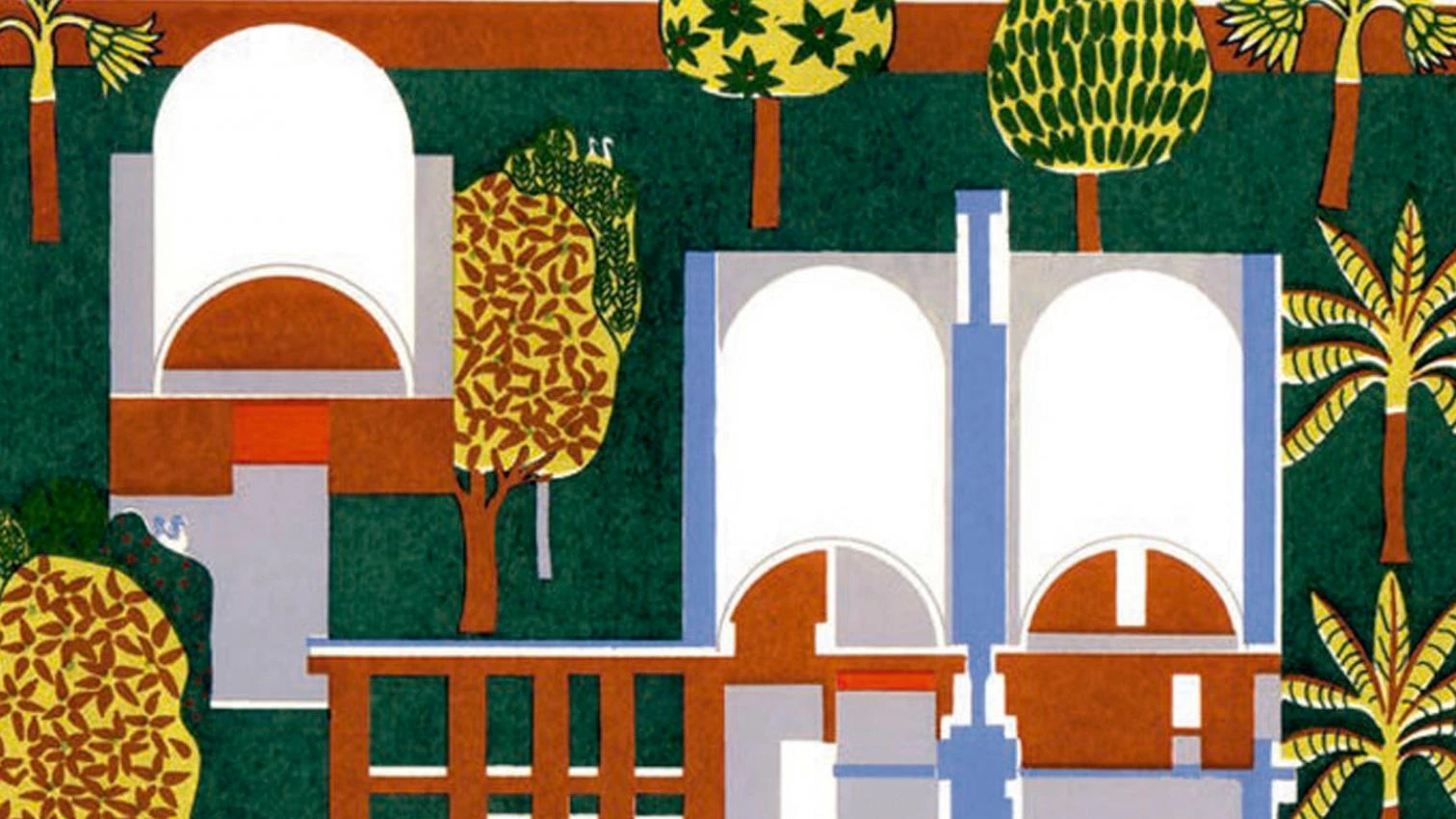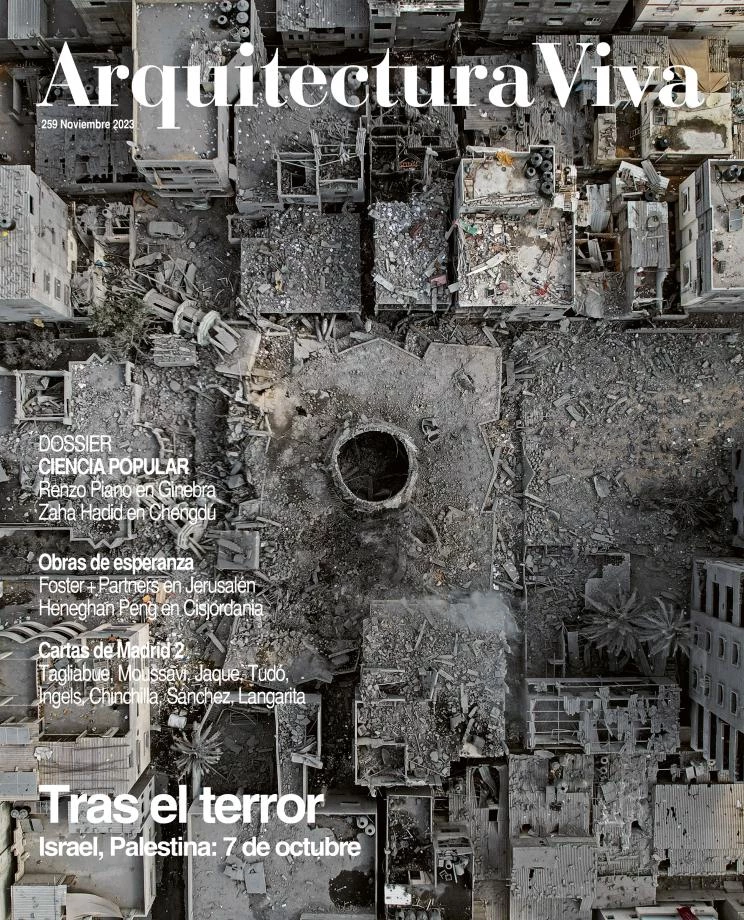
Does being modern mean adopting a style, taking on a certain attitude, continuing to exhaust the paths of the avant-gardes, ultimately finding new ways to do old things? Balkrishna Doshi (1927-2023), one of the fathers of architecture in India, is unlikely to have believed ‘modern’ to be an outdated matter. For him, modernity never lost its ingenuous will to ‘be modern,’ that is, to push societies closer to well-being and justice.
Doshi began his architectural training at a time when India, newly independent, was full of hope. This was in Mumbai, in an art school reached by echoes of architecture from the West. His attraction to things modern made a grand tour of Europe inevitable, and Doshi met Le Corbusier, for whom he worked not only in Paris but also at home in India, as he was assigned to oversee the master’s projects in Ahmedabad, among them the headquarters of the Mill Owners’ Association and Villa Shodhan, two extraordinary buildings.
It was during this period that Doshi set up his own practice, embraced by the elites of industrial Ahmedabad, India’s Manchester, who shared his dream of a nation that was modern but firmly anchored to its roots. But the question of how to ‘be modern’ in a country like India only gave rise to contradictions, and Doshi’s answers led to an entire career grounded on efficient exploration of the two most necessary kinds of projects: housing and universities.
In buildings like the Indian Institute of Management in Ahmedabad – which he carried out as part of his collaboration Louis Kahn, his other master – Doshi combined modern spatiality with traditional atmospheres and materials. Nonetheless, it was in the housing field that Doshi felt modernity could best realize its emancipating mission. In a country of slums, with barely any technological and economic resources at its disposal and where the climate could be atrocious, constructing cheap dwellings meant asking the question, precisely, that the architect so stewed over: can one be modern here? Doshi thought it possible as long as it was clear that Indian modernity could not be the same as European modernity, and his masterworks exemplify this clarity, from the residential development for Life Insurance Corporation in Ahmedabad to the Aranya social housing project in Indore, which are contained and contextual.
The awarding of the Pritzker Prize to Doshi in 2018 was a very late act of justice, but has served to disseminate the architect and pedagogue’s work through a variety of events, including the major exhibition organized by several European and Indian institutions, which after a long international tour has landed at the ICO Museum. The carefully edited catalog is an excellent monograph which at the end of the day, only confirms Doshi’s commitment. From Le Corbusier he learned that architecture is simply “the history of life.” Which is why his modernity of social commitment, catering to the precarious and peripheral, never gave up on ‘being modern.’







